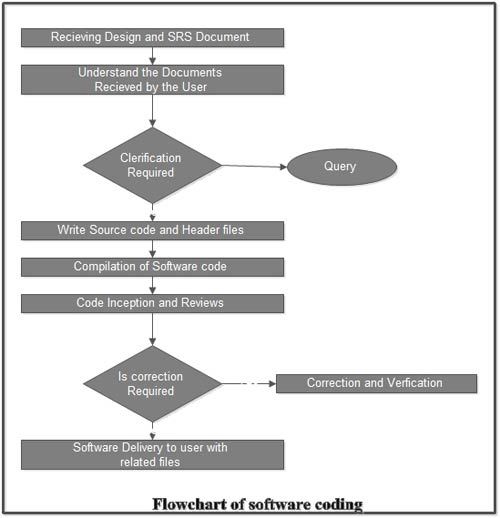This methodology refers to a set of well-documented procedures and guidelines used in the analysis, design, and implementation of programs. Coding methodology includes a diagrammatic notation for documenting the results of the procedure. It also includes an objective set (ideally quantified) of criteria for determining whether the results of the procedure are of the desired quality. The steps to use coding’ methodology are listed below.
- The software development team begins its work by reviewing and understanding the design and requirements specification documents. These documents are essential for understanding user requirements and creating a framework for the software code.
- In case the software development team is unable to understand user requirements correctly and further clarification is required, the queries are sent back to the user. In addition, the software development team also returns the requirements that are understood by them.
- After the requirements are clearly understood by the software development team, the design and specifications are implemented in source code, supporting files, and the header files. Note that while writing the software code, the coding style guidelines should be followed. In some cases, there may be a proposal of change in hardware or software specifications. However, the requests for change are implemented only after the approval of the user.
- When the software code is completely written, it is compiled along with other required files.
- Code inspection and reviews are conducted after the compilation. These methods are used to correct and verify errors in the software code.
- Software testing is carried out to detect and correct errors in each module of the software code.
- After the software code is tested, the software is delivered to the user along with the relevant code files, header files, and documentation files.
In Software Coding Process further change and clarifications are required in the design or SRS, the software development team raises a query, which is sent to the user with the document containing what the software development team understood from the documents sent by the user. Changes are made only when the user has a positive response to the queries raised by the software development team.

 Dinesh Thakur holds an B.C.A, MCDBA, MCSD certifications. Dinesh authors the hugely popular
Dinesh Thakur holds an B.C.A, MCDBA, MCSD certifications. Dinesh authors the hugely popular